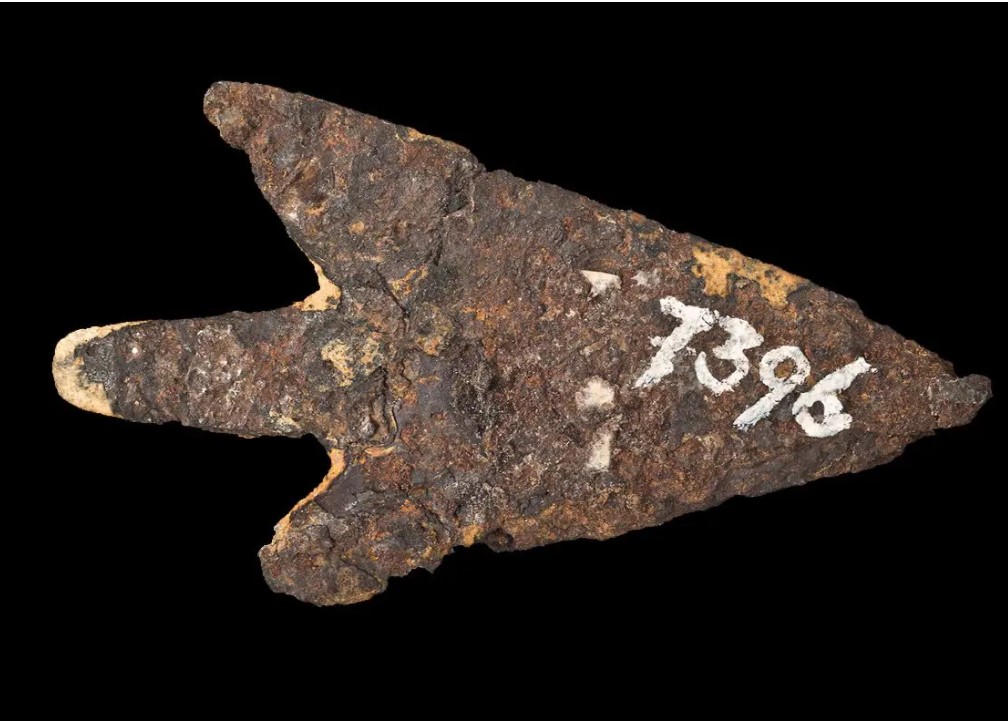Scientists decode how ropes were made 40,000 years ago
In today’s edition of Archäologische Ausgrabungen Baden-Württemberg, Prof. Nicholas Conard and his team report on the finding of a tool used to manufacture rope.
When moving from one region to another, hunter-gatherer technology relies on rope and thread. String, rope and textiles were not widely used throughout the Paleolithic era, as a result.
Read also: Ancient Roman Road Discovered at the Bottom of Venice Lagoon
As well as Conard’s team, Dr Veerle Rots and her colleagues at the University of Liège are rewriting the history of rope with their experimental study and testing.
In this precisely cut and wonderfully maintained piece of mammoth ivory, there are four holes measuring between 7 and 9 centimetres in diameter. They are laced with spiral incisions that are perfectly carved and deep in each one of the holes.
As a result of the recent discovery, it is now clear that these intricate carvings were not only ornaments but also technical aspects of rope-making equipment.
Others have been regarded as shaft straighteners, embellished artworks or even musical instruments in the past based on comparable findings made in the past.
Dank to its excellent preservation and careful examination, scientists in Liège have been able to show that this instrument was used to manufacture rope from plant fibres discovered near Hohle Fels.
According to Rots, “this instrument addresses a long-standing mystery of how rope was produced in Paleolithic times.”
In the archaeological horizon Va, which is located towards the base of Aurignacian deposits on-site, it was determined to be a fragment of a human skull. Wie die berühmten Frauenfiguren und Flöten from dem Hohle Fels, datieren auch diese Rope-Making-Tools back to around 40,000 years ago when modern humans arrived in Europe. German caves were the site of the discovery of this rope-making equipment.
Read also: Pompeii ‘fast food’ bar unearthed in the ancient city after 2,000 years
During the Ice Age, hunters and gatherers had to rely heavily on rope and thread.
Unified States of America has been nominated as a World Cultural Heritage Site by UNESCO.
the Baden-Württemberg Ministry of Science as well as Heidelberger Akademie of Sciences for this project.




